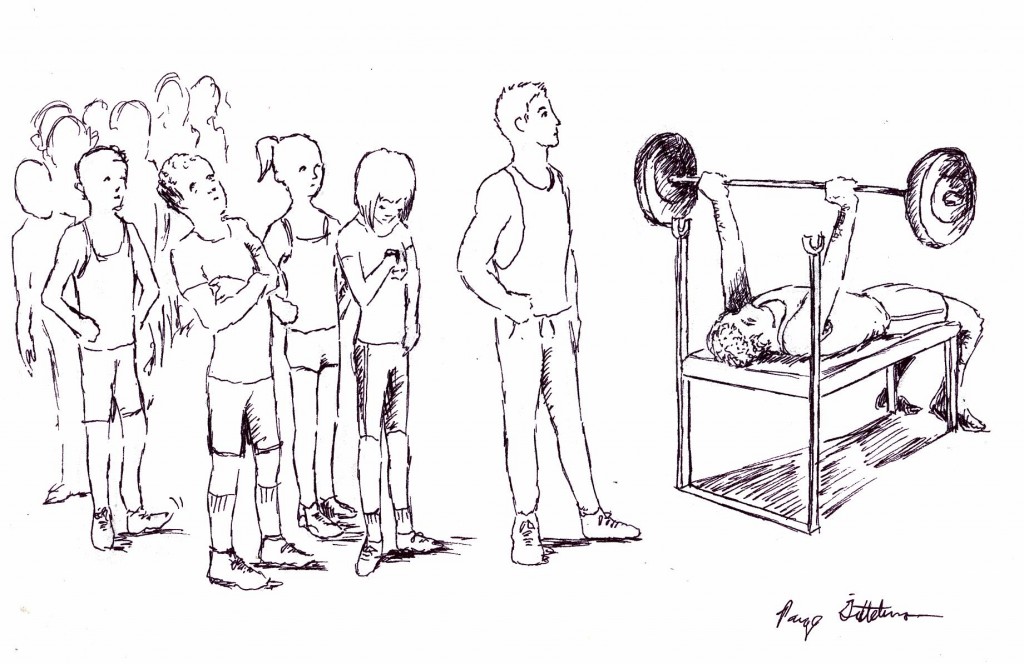On any given afternoon, the East Gym appears to be filled to capacity. At times, the waits for squat racks and treadmills are endless. This overcrowding isn’t merely a symptom everyone’s New Year’s resolutions: The gym is just too small. And while the constant equipment upgrades are nice, it isn’t helping ease wait times and overcrowding. The University must expand its fitness facilities to account for growing student demand.
In the past, barriers to expansion prevented the University from constructing a new facility. University officials say it is nearly impossible to receive state funding for construction of a new facility. With limited options, University officials have opted to pool resources into renovation and installation of new equipment, like the recently added Synrgy360 training system.
It feels like we are saying the same thing over and over again to little avail: BU does not have adequate room or services to accommodate the number of students it has. There is nowhere near enough of either to accommodate a rapidly growing campus. The gym needs to be at least three times as big as this. Why is the administration increasing demand on facilities that struggle to service the present student population?
For students who live on campus, an East Gym membership is essentially their only option if they want to work out. Likewise, off-campus students get East Gym memberships — instead of memberships to private gyms — because they’re traveling to campus every day for class. For both groups, overcrowded facilities carry daily academic consequences. When an hour-long workout takes two hours because of waits for machines and benches, it cuts into valuable study time. Not to mention the fact that crowding can seriously discourage and intimidate more casual gym-goers.
We are constantly reminded by the University that in order to properly “de-stress,” we should stay away from Adderall, coffee and all-nighters, opting instead for hefty doses of physical activity during finals and midterms. But the crowded gym environment is itself a source of stress for students who are desperately trying to fit in a bit of exercise in between studying and tests.
If construction of a new gym facility is financially possible, the University must get creative with expansion. Campus land is limited. A Downtown University gym close to the Downtown Center could serve off-campus students, lightening the burden on the East Gym. The installation of fitness equipment in on-campus residential buildings may ease the traffic to the main facility and increase the appeal of residential living. There are more options than just renovation to ease the stress on the East Gym, and the University needs to think of something before there are 20,000 students on line for a treadmill.



